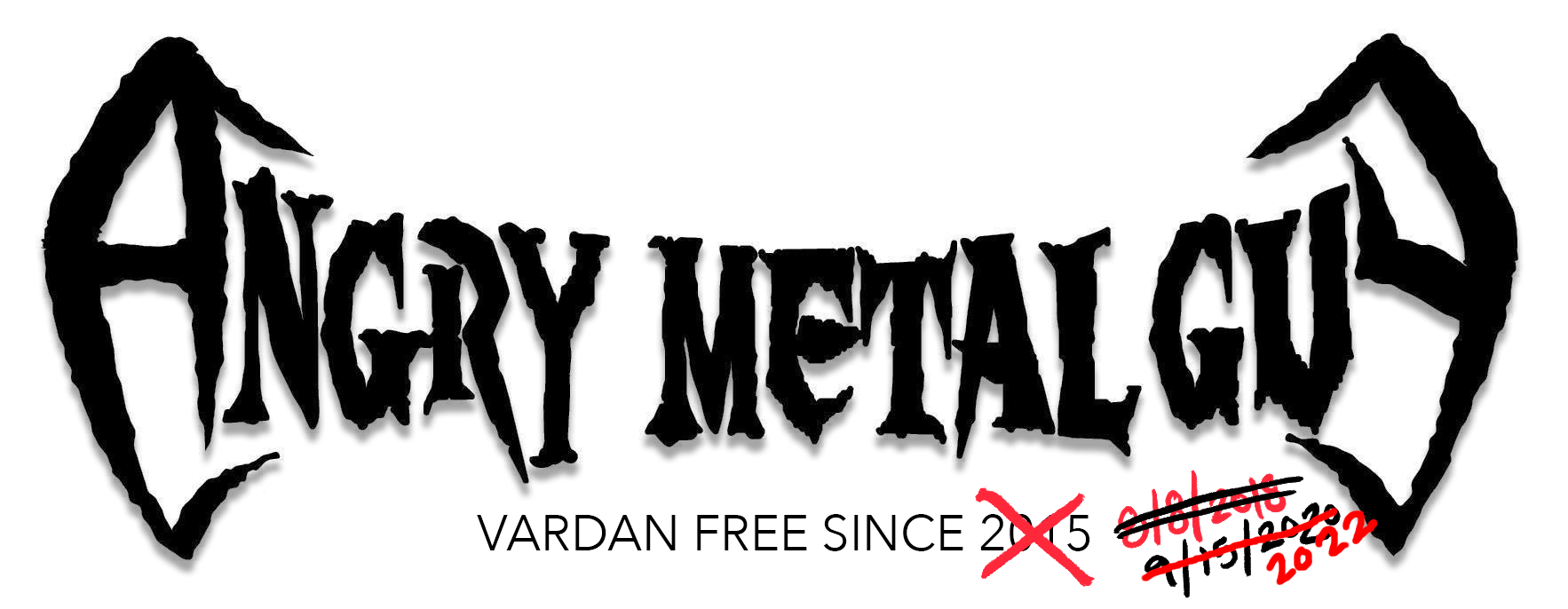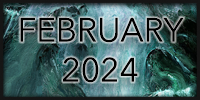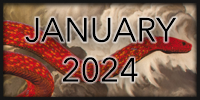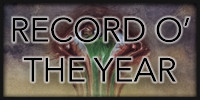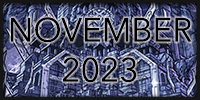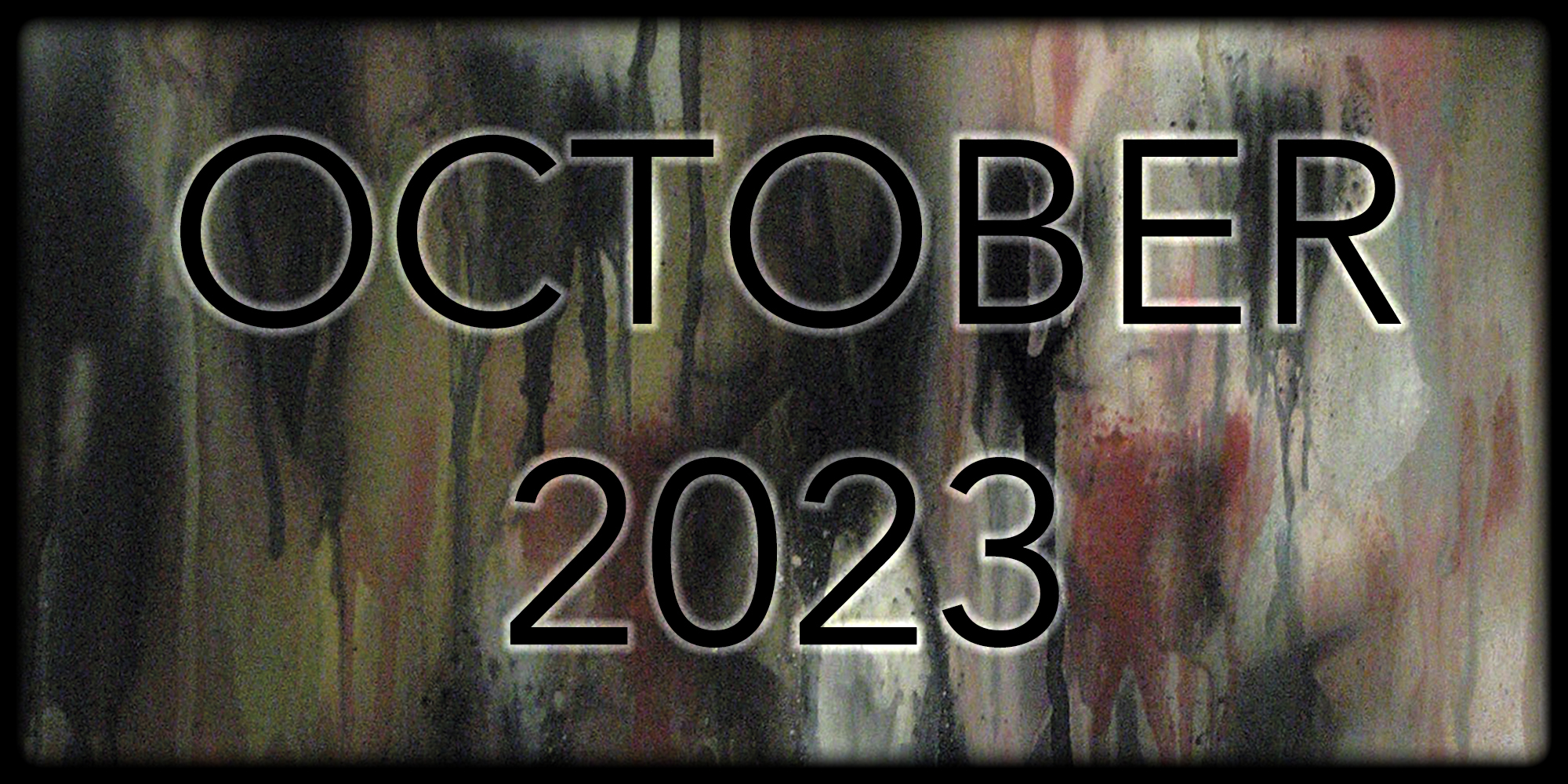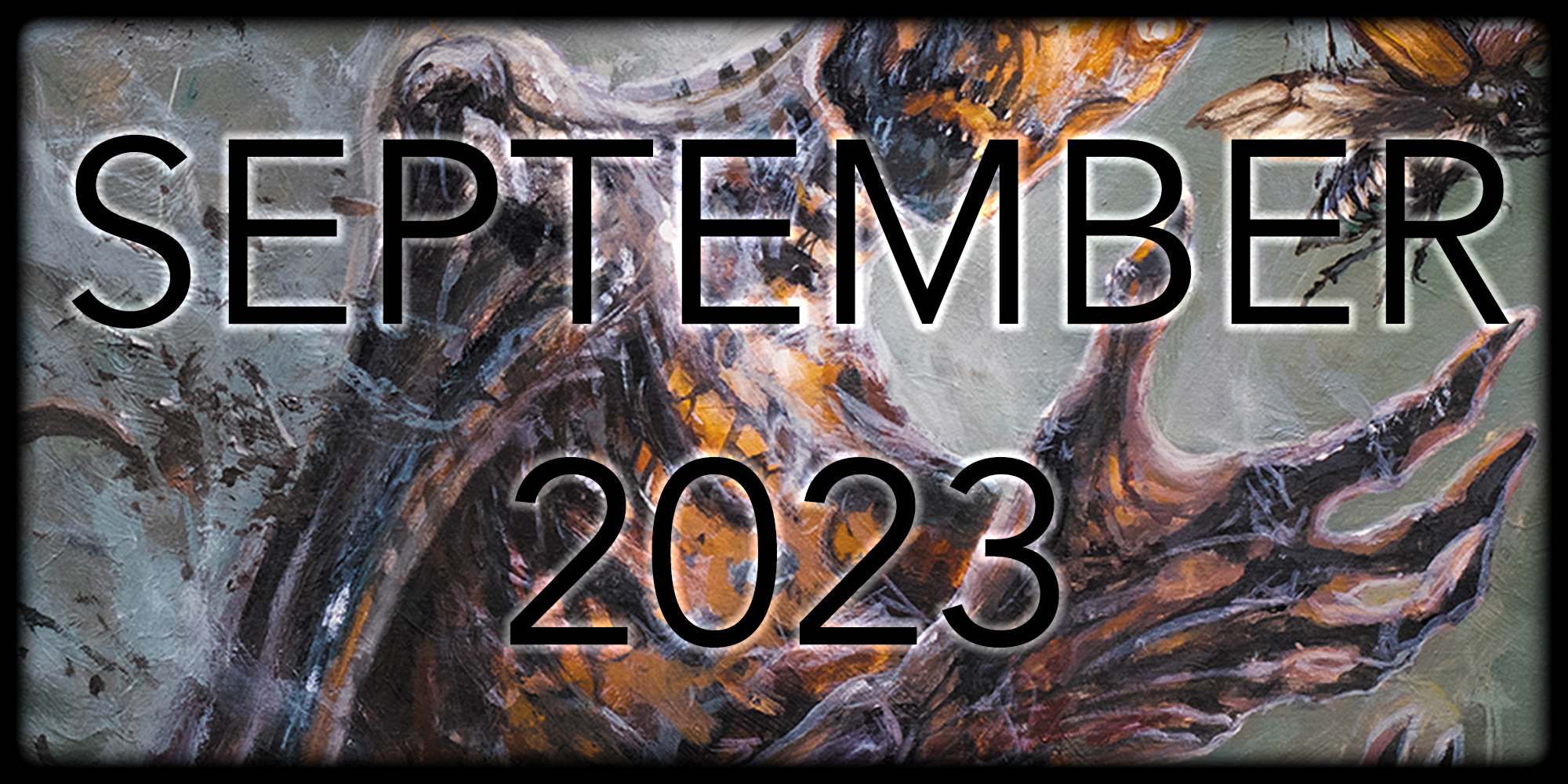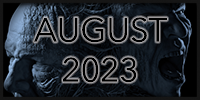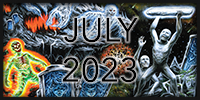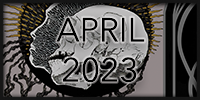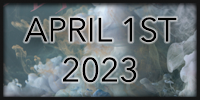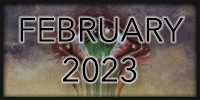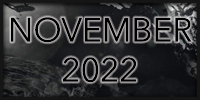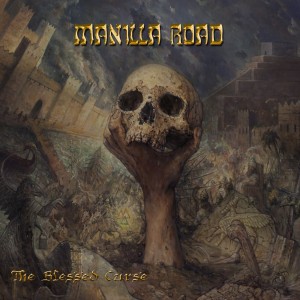 You can’t accuse Manilla Road of jumping on many bandwagons. Since forming in the late 70s, they’ve lingered in a perpetually kvlt phantom zone, honing their uniquely clunky proto-metal sound. While doing so, they’ve steadfastly remained oblivious to how the metal world evolved around them, and practiced willful ignorance toward modern production technology and recording advances. Because of this admirable history of stubborn stick-to-it-ness, I can’t accuse them of joining the double album trend we see developing of late, though a double album they doth deliver.
You can’t accuse Manilla Road of jumping on many bandwagons. Since forming in the late 70s, they’ve lingered in a perpetually kvlt phantom zone, honing their uniquely clunky proto-metal sound. While doing so, they’ve steadfastly remained oblivious to how the metal world evolved around them, and practiced willful ignorance toward modern production technology and recording advances. Because of this admirable history of stubborn stick-to-it-ness, I can’t accuse them of joining the double album trend we see developing of late, though a double album they doth deliver.
The Blessing Curse, their seventeenth release, is a conceptual piece about the ancient civilization of Sumeria and the heroics of King Gilgamesh, with an unrelated and radically different sounding companion album of new and old material tacked on for the sake of who-knows-why. It’s a cosmic buttload of music to absorb, running a combined 99 minutes, and as with any Manilla Road release, it has its peaks, valleys and crevasses. Fortunately, the band seems particularly inspired this time out, and the song writing is very consistent and engaging throughout the marathon runtime. Looks like these old dogs found their own Cocoon Pool™ of youth.
The first album is very much the same epic old school metal you’ve come to expect from Mark “The Shark” Shelton and crew. Shelton’s odd warble is still an acquired taste, and he still shares vocal duties with Bryan “Hellroadie” Patrick for better or worse. And naturally, the album is laden with Shelton’s oh-so-interesting guitar noodling and free-form jamming that often feel like they were conceived during the psychedelic rock era and became mean and twisted over the decades. Their tried-and-true sound really shines on the opening title track and Shelton’s vocals hit a good nerve when teamed with some smart acoustic strumming. The song reminds me why I’ve stuck with the band through the ups and down for nearly thirty years and it reeks of olden metal glory.
 There are several such winners here, like the Middle Eastern flavored “Tomes of Clay” where the band integrates tribal drumming, hypnotic cadences and the trippy, jamming solos that made them famous/infamous, and “Falling” achieves a melancholy, moody and surprisingly delicate beauty. They even dial-up the heavy for songs like “The Dead Still Speak,” reaching the speed and aggression of classic Dio songs like “We Rock,” and “Reign of Dreams” which approaches the weight of epic metallers like Argus and Visigoth. The closer “The Muse’s Kiss” is equally impressive; another somber acoustic number with over-the-top, but satisfying solo-work from Lord Shelton.
There are several such winners here, like the Middle Eastern flavored “Tomes of Clay” where the band integrates tribal drumming, hypnotic cadences and the trippy, jamming solos that made them famous/infamous, and “Falling” achieves a melancholy, moody and surprisingly delicate beauty. They even dial-up the heavy for songs like “The Dead Still Speak,” reaching the speed and aggression of classic Dio songs like “We Rock,” and “Reign of Dreams” which approaches the weight of epic metallers like Argus and Visigoth. The closer “The Muse’s Kiss” is equally impressive; another somber acoustic number with over-the-top, but satisfying solo-work from Lord Shelton.
Then we come to the second album, titled After the Muse. This is 50 minutes of largely acoustic-based music, very low on metal and much more like the 70s rock of Crosby Still, Nash and Young and America. While that may seem a serious misstep, it’s actually a very enjoyable and interesting collection of songs. “After the Muse” picks up where “The Muse’s Kiss” leaves off, with acoustic strumming and Shelton’s strange crooning, but goes on to introduce bongos and more lava lamp worthy guitar noodling than any of you deserve. Other songs like “Life Goes On” and “Reach” could have been on the radio in the 70s alongside The Eagles and they work surprisingly well.
On top of these mega-throwback compositions, the band includes both the 1981 rehearsal version of “All Hallows Eve” (ten minutes) and a newly recorded one (over 14 minutes). It’s the only song on the second album to venture into the metal realm (after a leisurely six minutes), and essentially becomes one long, sloppy extended jam session for the last eight minutes. Still, there’s something about the song that keeps you hanging on and that long-winded noodle-fest satisfies some weird need for rock excess.
Not every song is a barn burner, and numbers like “Luxiferia’s Light” and “Sword of Hate” are a bit pedestrian. Many of these songs are also way too long and there’s a chronic case of Metallica-itis on display over both albums, especially on the ironically titled “Life Goes on,” which is a fine tune that just keeps going on for eight minutes.
Perhaps more than on any Manilla Road album, Shelton’s guitar-work is the lynchpin and the reason things work. The man can play, and though he’s prone to overdoing his jamming and requires a tranquilizer gun to stop a good noodle, his weird solos prop up every song. Maybe it’s his style rooted in a bygone era, but when the man wails away, I’m always intrigued to see where the jam train ends up.
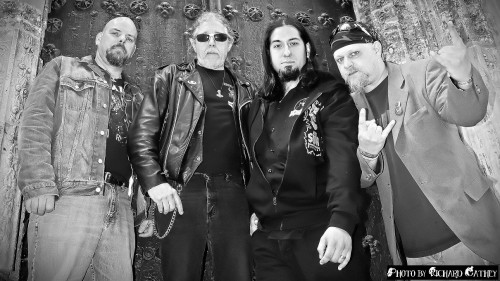
As with all Manilla Road albums, the production leaves something to be desired. While it’s blessedly not compressed and smashed to hell, it is very thin and reedy sounding. The guitars lack heft and weight and everything feels a bit flat. That said, as Manilla Road albums go, this is far from terrible sounding.
Though it’s a hodge-podge of disparate odds and sods, The Blessed Curse is the best thing Manilla Road have churned out since 2008s Voyager. Quite an accomplishment for a band almost as old as dirt itself. Come for the metal, but stay for the grandpa rock. You might just learn a few things. Now get off my lawn!
Rating: 3.5/5.0
DR: 8 | Format Reviewed: 320 kbps mp3
Label: Golden Core Records
Websites: ManillaRoadOfficial | Facebook.com/ManillaRoadOfficial
Release Dates: Out Worldwide: 02.13.2015
